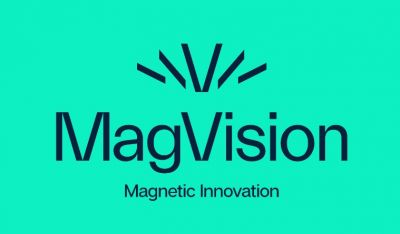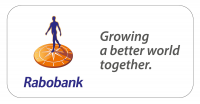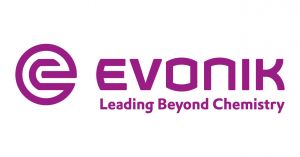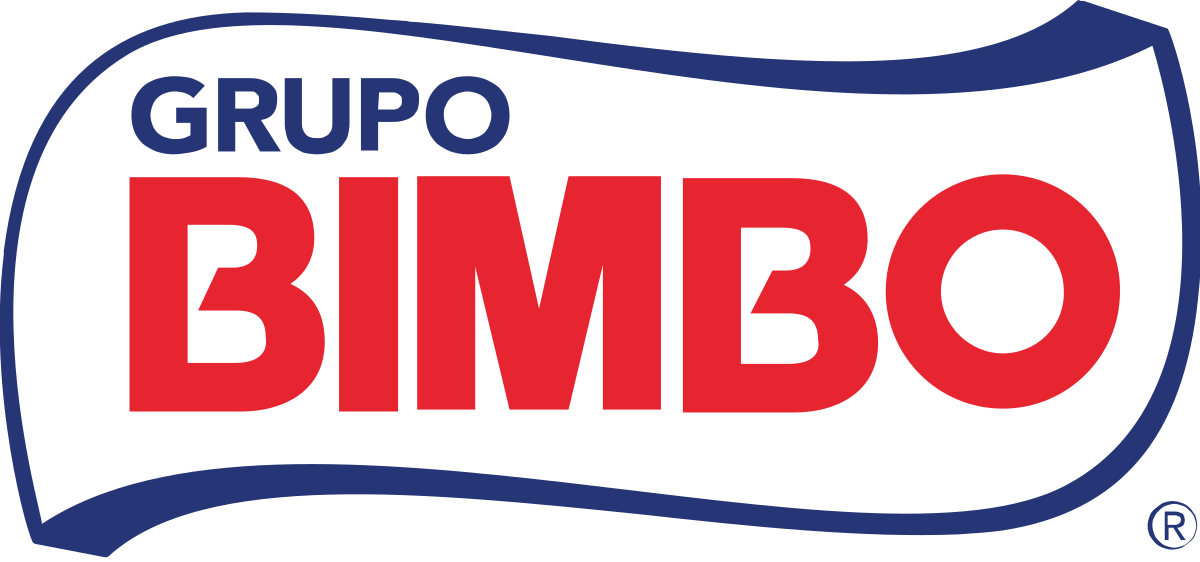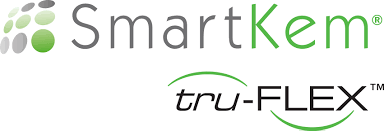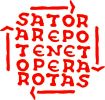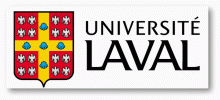Combined NFC & RAIN RFID tag for stronger GS1 Digital Links and Digital Product Passports | 05-02-2025 |
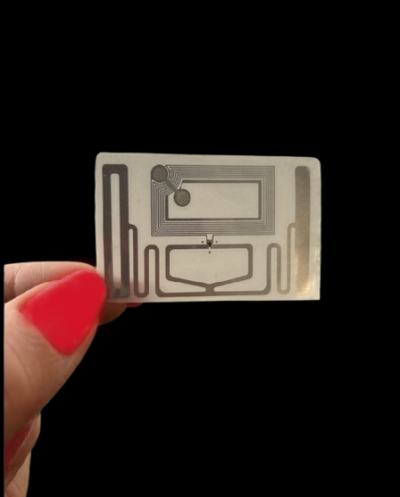
AIPIA member Digimarc is primarily known for its digital watermarking. However, the company’s Illuminate platform is not limited to digital watermarks. In fact the company says it is a pioneer and leading provider of GS1 Digital Link QR codes. From co-chairing the Digital Link standard, to leading the industry’s first commercial deployments of GS1 Digital Links with global brands like Ralph Lauren, Patagonia, Puma, AstraZeneca, Reckitt, and Unilever., it is at the forefront of this project, it claims.
The platform also extends to data carriers like NFC (Near Field Communication). Similar to QR codes, NFC tags can be natively read by mobile phones. Also secure NFC tags are difficult to counterfeit thanks to the use of encrypted signatures (eg AES 128). This makes the tags a desirable option for products that require higher security and can afford a slightly more expensive data carrier.
Just before Christmas the company unveiled its latest integration of EM technology into Illuminate, offering one of the most advanced tagging solutions to date, it believes. The integration unlocks a variety of use cases - from provenance traceability to consumer engagement and strong authentication. This has been achieved through collaboration with Swiss semiconductor manufacturer EM Microelectronic using the company’s powerful dual-frequency RFID technology for tags, embedded in tiny integrated circuits branded emjecho-V.
These integrated circuits for tags combine the benefits of NFC and UHF RFID worlds into a single tag. While NFC is ideal for consumer-facing applications, UHF RFID is primarily used for supply chain traceability thanks to greater reading distances. The ability to offer both interfaces into a single tag means a single data carrier can be used throughout the life cycle of the product, say the companies.
emjecho-V is compatible with the GS1 Digital Link standard by implementing the memory substitution function for smartphone-based web authentication with GS1 96-bit encodings for Electronic Product Codes (EPC). This means that the tag can translate the standard EPC product code embedded in the RAIN RFID tags, which use this standard, into a GS1 Digital Link web address access.
EM recognizes the pivotal role GS1 plays in enabling seamless GS1 identifier connectivity within the Internet of Things (IoT) ecosystem. Future em|echo products will also support GS1 encodings. This represents a paradigm shift, moving beyond the transactional function of standardized product codes and opening the vast potential of web-based consumer product interactions, says the company.
Data carriers based on emjecho-V can now be connected to a Digimarc Illuminate digital twin. The Digimarc platform has long supported the provisioning of GS1 Digital Link identities for the circuit but now it also supports this novel end-to-end authentication solution on top of the data carrier. Instead of requiring a special application to verify the tag's signature, the solution uses web authentication. The encrypted payload is injected into a GS1 Digital Link web address and verified by the Illuminate platform, before redirecting to a consumer experience that displays authentication results. This patented technology enables end-to-end authentication without the need for an app download.
Another compelling feature of the em|echo-V tags is the ability to communicate information back and forth between the RAIN RFID and the NFC interface, with the ability to change the state of the tag pre- and post-purchase. As most RAIN RFID tags are deactivated at checkout (a process known as the EPC kill switch) the NFC interface can change the GS1 Digital Link web address accordingly. The Illuminate platform is then able to detect this parameter and thanks to another Digimarc product, Engage, a different consumer experience can be served pre- and post-purchase, without requiring integration with a POS backend system. One more compelling benefit for these combined technologies is the ability to create Digital Product Passports.






